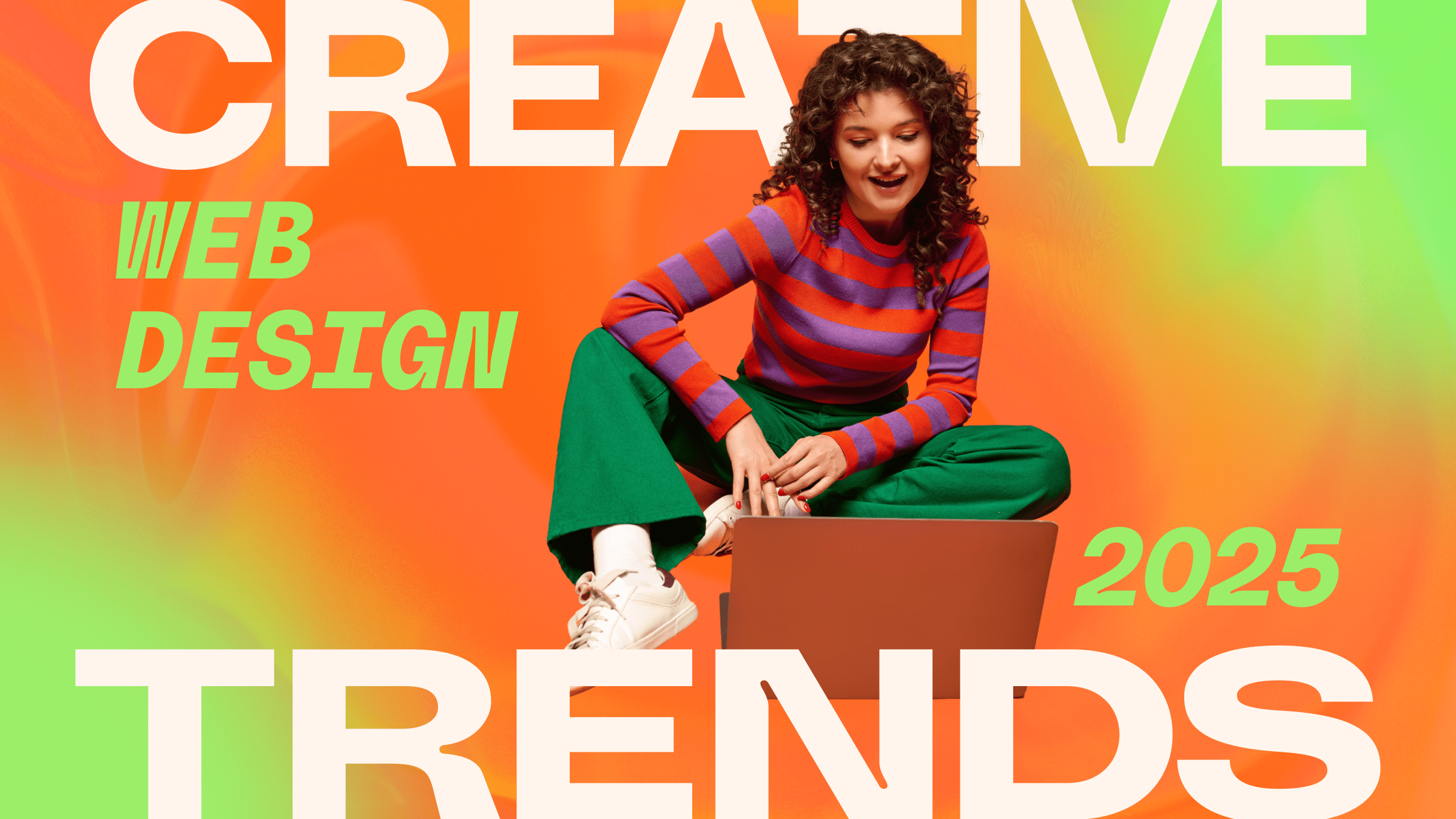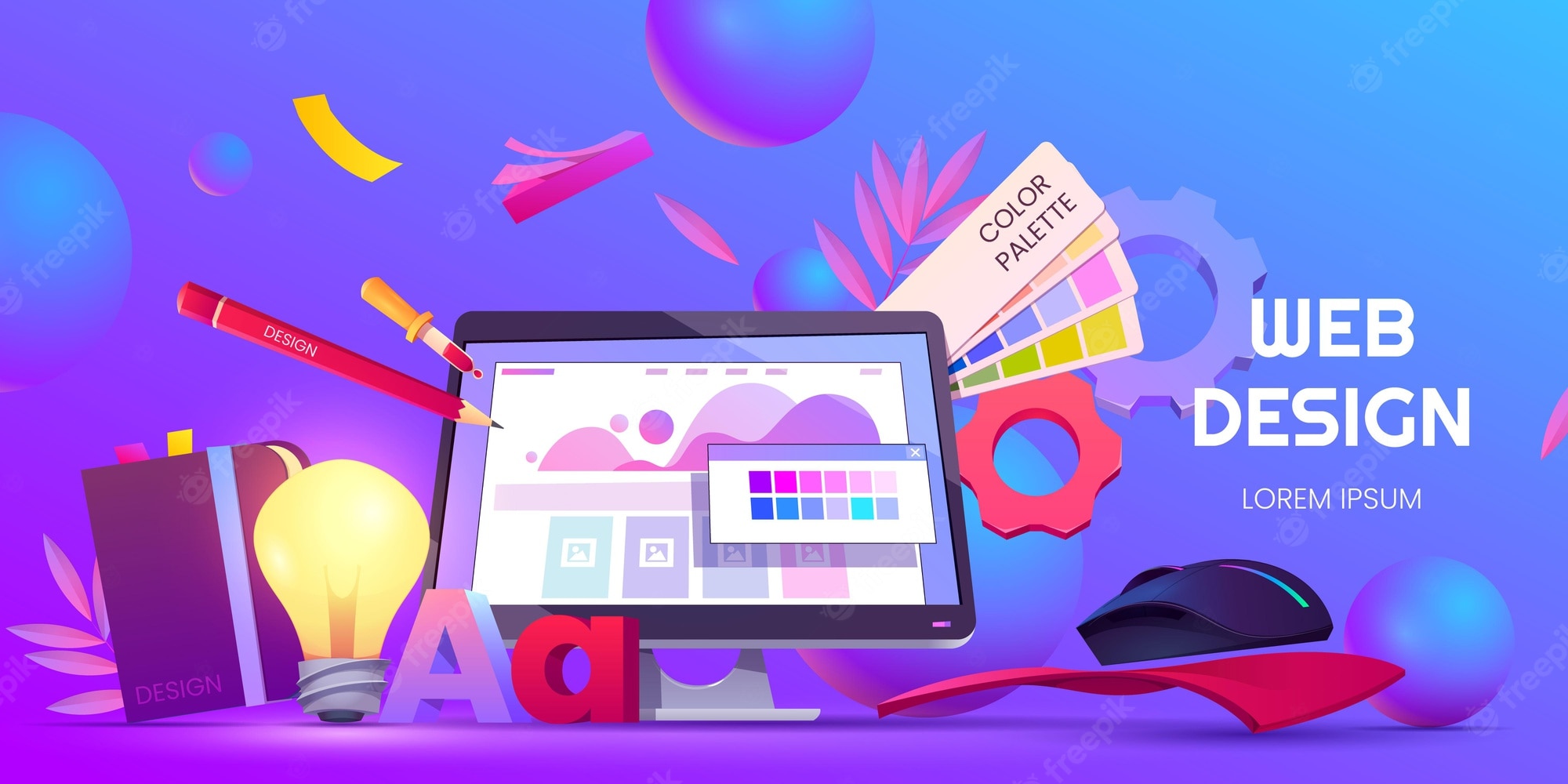Real-world UX improvement tips from an agency for web design
The Importance of User Experience in Reliable Web Design Strategies
User experience (UX) functions as a cornerstone in reliable web design strategies. It shapes how individuals interact with a site, affecting their fulfillment and possibility of returning. A properly designed UX can improve engagement via intuitive navigation and responsive formats. Forgeting these aspects might lead to disappointment and raised bounce prices. Recognizing the complexities of UX is crucial for developers intending to produce engaging electronic experiences that resonate with diverse target markets. What factors genuinely drive effective user involvement?
Recognizing User Experience and Its Effect On Design
User experience (UX) is often regarded as a mere aspect of internet design, it fundamentally forms just how individuals engage with a web site. UX includes all facets of the user's interaction, consisting of functionality, accessibility, and general fulfillment. A favorable UX promotes engagement, urging customers to discover the website and return in the future. Conversely, an adverse experience can result in irritation, causing high bounce prices and lost chances for conversion.
Design aspects like navigating, material, and layout company play important functions fit this experience. Efficient UX style prepares for user requirements and preferences, ensuring that details is quickly accessible and visually attractive. Additionally, comprehending user behavior through analytics can offer beneficial understandings, notifying style decisions that improve use. Ultimately, a comprehensive understanding of UX enables designers to produce web sites that not just attract users however additionally advertise meaningful communications that line up with company objectives and user assumptions.
Key Concepts of Effective User Experience
Effective user experience rests on a number of key principles that improve internet site performance and involvement. Instinctive navigation style, receptive layout basics, and the value of visual pecking order are essential aspects that add to a smooth communication in between users and web content. Recognizing these concepts permits designers to create more accessible and user-friendly digital atmospheres.
Intuitive Navigating Design
Intuitive navigating layout serves as an essential entrance to their general experience when customers come across a website. Effective navigation allows individuals to effortlessly locate the details they look for, improving their communication with the website. Secret principles include clear labeling, rational company, and regular placement of navigation components. Tags need to be straightforward, permitting individuals to anticipate the material they will locate. A well-structured pecking order assists users comprehend the partnership between various areas, directing them through the web site effortlessly. Furthermore, receptive food selections and quickly available links add to a fluid experience across gadgets. By focusing on intuitive navigating, designers can considerably reduce user disappointment and boost interaction, eventually cultivating a positive understanding of the site and its material.
Receptive Format Fundamentals
A well-structured navigating system normally results in the demand for a receptive layout, which is necessary in today's varied electronic landscape. A receptive layout guarantees that websites function effortlessly across numerous gadgets, including smartphones, desktop computers, and tablets. This flexibility enhances user experience by enabling material to be conveniently accessible and aesthetically meaningful, despite screen dimension. Secret principles of responsive design include liquid grids, flexible images, and media inquiries, which promote excellent viewing. In addition, focusing on touch-friendly elements improves communication on mobile phones. By applying a receptive design, designers can accommodate individuals' requirements, decrease bounce prices, and boost engagement. Eventually, a well-executed responsive design promotes a favorable user experience, encouraging site visitors to discover the site better.
Aesthetic Power Structure Significance
Visual power structure plays a crucial duty in assisting customers with an internet site, making certain that vital details records their interest. By tactically using dimension, shade, spacing, and contrast, designers can develop a clear pathway for individuals to comply with. Larger aspects often draw the eye, suggesting their relevance, while contrasting shades can highlight phone call to action. Furthermore, consistent positioning and collection of associated material improve understanding, making navigation instinctive. Efficient use of aesthetic hierarchy not only enhances use yet also sustains the general aesthetic of the site, fostering a favorable user experience. When users can easily determine the most vital information, they are most likely to involve with the material, leading to raised fulfillment and interaction with the web site.
The Role of Use in Web Design
Functionality plays an essential duty in web design, specifically via navigation simplicity and adherence to ease of access requirements. Efficient navigating boosts user fulfillment by allowing visitors to find info promptly and with ease. Conference ease of access criteria assures that all customers, no matter of their abilities, can properly engage with the site.
Navigation Simpleness
Simpleness in navigating stands as a keystone of efficient web design, significantly influencing user experience. A streamlined navigation system allows individuals to locate information promptly and with ease, reducing frustration and enhancing fulfillment. Clear labeling and rational structure are essential aspects, assisting users effortlessly via the site. Redundant links or extremely complex menus can disorient customers, causing enhanced bounce prices. Additionally, mobile responsiveness needs to be considered, guaranteeing navigating remains uncomplicated throughout gadgets. Decreasing and prioritizing essential pages clutter further supports user engagement. Effective navigation not just promotes a positive experience however also motivates customers to check out the site a lot more extensively, ultimately bring about higher conversion rates. In this respect, navigation simplicity functions as an essential variable in the total performance of web design approaches.
Accessibility Criteria
User engagement is significantly enhanced when web sites comply with ease of access standards, making sure that all customers, regardless of their capabilities, can browse and communicate efficiently. Conformity with these requirements not only widens the audience yet additionally boosts overall user contentment. Obtainable layout integrates attributes such as message alternatives for pictures, keyboard navigating, and sufficient shade contrast, which facilitate use by people with handicaps. Additionally, executing these criteria can favorably influence search engine optimization (SEO) by boosting site framework and quality. As web design develops, prioritizing accessibility comes to be vital in promoting a comprehensive electronic atmosphere. By embracing these criteria, designers contribute to a much more equitable web, ultimately driving user loyalty and engagement.
Relevance of Responsive Design for User Engagement
As consumers significantly accessibility internet sites via a variety of tools, the significance of receptive layout ends up being vital for engaging individuals efficiently. Receptive style assurances that a site adapts seamlessly to different screen sizes, giving an excellent watching experience no matter the device utilized. This versatility enhances user interaction by promoting easier navigating and interaction with content.
When users run into a website that is receptive, they are more most likely to stay much longer, check out further, and return in the future. A properly designed receptive design minimizes the irritation usually linked with scrolling and zooming on smaller sized screens, thereby decreasing bounce rates. In addition, receptive style can positively affect internet search engine rankings, as online search engine prioritize mobile-friendly internet sites. In today's digital landscape, where mobile usage continues to rise, carrying out responsive layout is not simply beneficial, yet important for keeping user engagement and ensuring a favorable experience throughout all tools.
Enhancing Load Times for Better User Satisfaction

To enhance load times, web developers need to prioritize maximizing pictures, leveraging web browser caching, and decreasing HTTP requests. In addition, using Web content Distribution Networks (CDNs) can accelerate content shipment by distributing it throughout numerous geographic areas. Streamlining code, such as pressing CSS and JavaScript data, better adds to faster filling speeds.
Ultimately, a dedication to improving tons times not only increases user complete satisfaction however likewise enhances brand name commitment and enhances the probability of repeat gos to. A swift, seamless experience is vital for maintaining customers and cultivating favorable communications.
The Influence of Visual Power Structure on User Communication
Aesthetic power structure works as a necessary component in assisting user communication on an internet site. By arranging content in a manner that prioritizes details visually, designers can affect just how individuals browse and involve with a website. This power structure is established through various layout methods, including size, comparison, color, and spacing. For example, bigger typefaces or bold colors draw interest to essential aspects, such as phone call to action or headings, while subdued colors and smaller fonts can show subservient info.
Reliable visual hierarchy aids individuals quickly identify what is crucial, This Site reducing cognitive load and enhancing usability. It enables intuitive navigating, making it less complicated for individuals to find what they need without disappointment. As customers communicate with a site, a well-structured visual pecking order promotes a much more rewarding experience, inevitably leading to greater interaction and conversion rates. Designers should focus on these principles to create a effective and user-centered web atmosphere.
Determining User Experience: Techniques and tools

Frequently Asked Concerns
How Can I Improve My Website's User Experience on a Budget plan?
To enhance a web site's user experience on a budget, one can maximize page tons rate, simplify navigation, apply responsive style, boost content clearness, and collect user feedback for continuous refinements, making certain a satisfying site visitor experience.
What Prevail User Experience Errors to Prevent in Web Design?
Typical user experience mistakes in web design consist of chaotic layouts, poor navigating, slow loading times, lack of mobile responsiveness, overlooking access, inconsistent branding, and stopping working to focus on user comments - Web Design Agency. Each can significantly hinder overall website performance
Exactly how Commonly Should I Update My Web Site for Better User Experience?
Web sites ought to be updated routinely, ideally every couple of months, to keep suitable user experience. Constant updates aid address functionality issues, refresh web content, and adjust to altering user needs, ensuring the site remains relevant and interesting.

Can User Experience Impact Search Engine Optimization Rankings on My Website?
User experience can considerably impact search engine optimization positions, as online search engine focus on web sites that provide smooth navigation, fast packing times, and appealing content. A favorable user experience can result in lower bounce rates and higher search exposure.
What Role Does Availability Play in User Experience Layout?
Ease of access plays an important role in user experience style by making certain that all individuals, no matter abilities, can connect and navigate with an internet site efficiently. This inclusivity enhances total satisfaction and involvement among diverse customers.
User experience (UX) is frequently perceived as a plain facet of internet design, it essentially shapes exactly how individuals connect with a website. User engagement is greatly improved when internet sites adhere to ease of access requirements, guaranteeing that all individuals, no matter of their abilities, can browse and communicate successfully. Measuring user experience (UX) is essential for comprehending exactly how efficiently a site satisfies the requirements of its individuals. Additionally, usability screening, where actual customers browse the site while observers note problems, provides direct responses on user experience. Usual user experience errors in web design consist of messy layouts, inadequate navigating, sluggish loading times, lack of mobile you could try these out responsiveness, ignoring access, irregular branding, and falling short to prioritize user feedback.